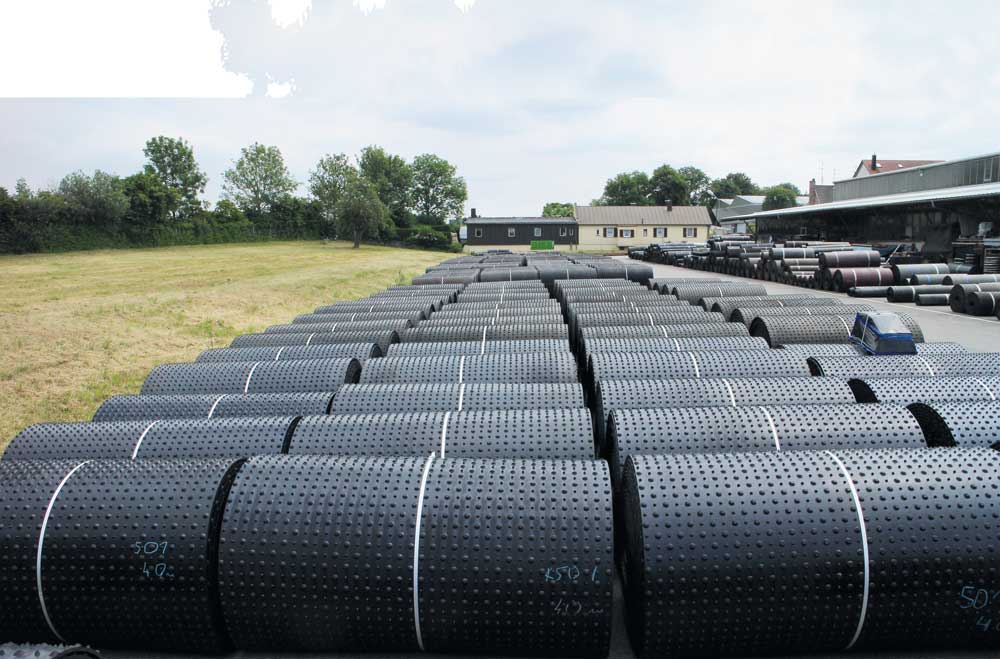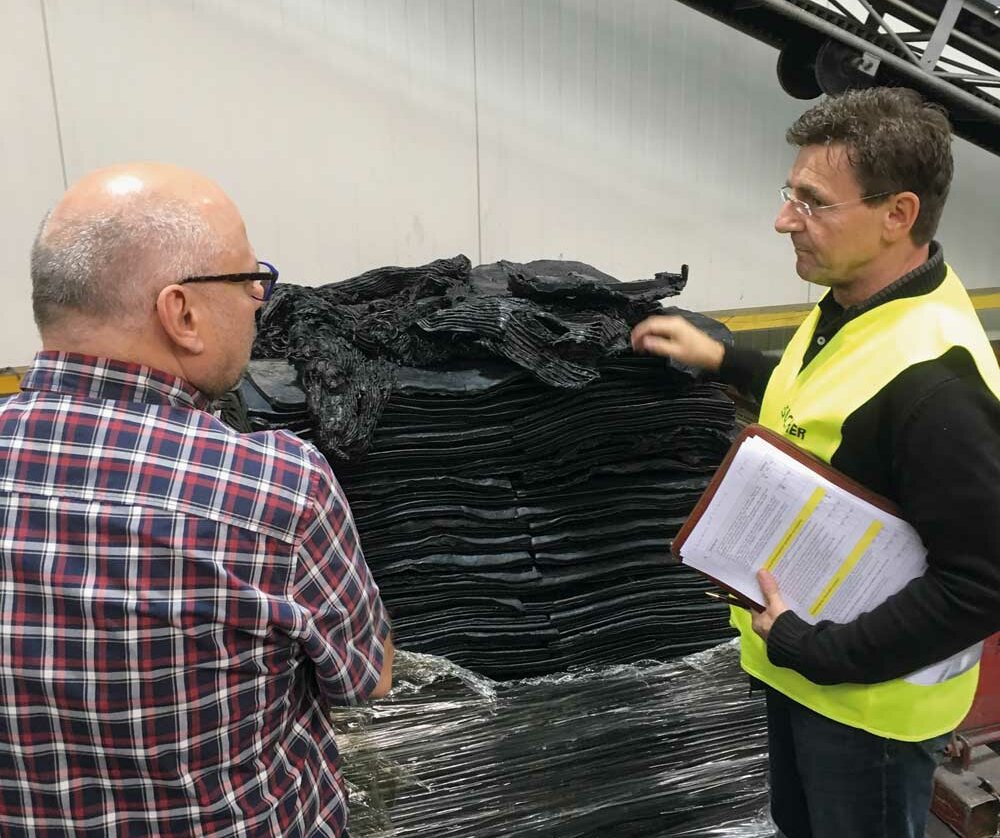Huber Technik Vertriebs GmbH: Time and time again…
By Dr Michael Eise, Dr Harald Reubold, DLG Test Center Technology and Farm Inputs
Around the turn of the millennium there was a veritable boom in certification under ISO 9000 series standards. The internal quality assurance of quasi every firm, whether large-scale company or professional workshop in rural areas, was at that time assessed and certified. But how did this come about?
In 1979, the British Standards Institution (BSI) established, with its BS5750, the first standard for quality management systems, seen as the precursor of the ISO 9000 series. In 1987, ISO 8402 was introduced. In turn, this was replaced by the ISO 9000 series in 2000, signifying the breakthrough. From this series, ISO 9001 is now one of the most-accepted standards in quality management with many millions of certifications worldwide and thousands of certificates awarded in Germany alone.
The process at a glance
The earlier ISO 9000 standards had a strong industry emphasis in that they represented typical standard processes such as development, production and assembly, right through to customer services. Within the standards EN ISO 9000:2000 ff. the structure was redesigned and established as fundamentally process-oriented.
This is why nowadays these quality management standards remain fundamentally process orientated which gives them the ability to be applied for all companies, irrelevant whether a producing industrial enterprise or a freelancer within the service industry. The process certification carried out within the test framework is therefore based on ISO 9001:2015. In the audit all the relevant processes for ISO 9001 are assessed. However, the DLG test programme even exceeds the ISO 9001 requirements. For, in this case, observation of the threshold values for polycyclic aromatic hydrocarbons (PAH) must simultaneously be secured by the DLG with randomly selected test samples. Through this, the manufacturing procedure from raw material procurement through to supply of the ware for delivery represents a further, important, focus.
Migration of PAH on Tenax
For testing the migration of PAH, samples were taken from all the rubber mat mixes produced at the location. The migration was investigated according to the EN 1186-13b standard that requires a sample measuring 0.5 dmҪ removed from respective mats and with 2 g of Tenax scattered on a single side of each sample with applicable weights determined by analytical weighing scales. After the required contact period is completed, the migration contact is ended by removal of the Tenax powder from the sample material. Subsequently, the Tenax is extracted under addition of isotope-labelled PAH standard mix as internal standard with n-hexane over 24 hours at 40°C.
Subsequently, the Tenax is extracted under addition of isotope-labelled PAH standard mix as internal standard with n-hexane over 24 hours at 40°C. Subsequently the extracts are cleaned through a solid-phase extraction and the extracted PAH material groups, or amounts, determined via gas chromatography with subsequent mass spectrometry.
Conclusion
The manufacturing process of all the rubber mats for animal housing produced by Huber Technik Vertriebs GmbH at its Erding location were assessed and evaluated. The existing quality management system was comprehensively applied and followed. Additionally, the migration of PAH on Tenax was measured for all rubber mixes used. All manufactured rubber mixes lay under both DLG guideline values for 15+1 EU SCF-PAH and 8 EU REACH-PAH. Following the now completed first certification, continuous monitoring by the DLG includes annual determination of PAH content, as well as regular assessment of the production facilities at Erding.
Further information can be read in the cost-free Test Report 6910, accessible on the DLG website.
Made in Germany
The exceptional quality awareness of production (of livestock rubber mats) in Germany, including regularly repeated audits of the manufacturing process as well as evidence for low levels of PAH migration from the material used, is also explicitly demonstrated at the product level. When a DLG quality seal is awarded for the production, the DLG-APPROVED test compliance label awarded for the successfully absolved product test then also includes the annotation “Made in Germany”.





